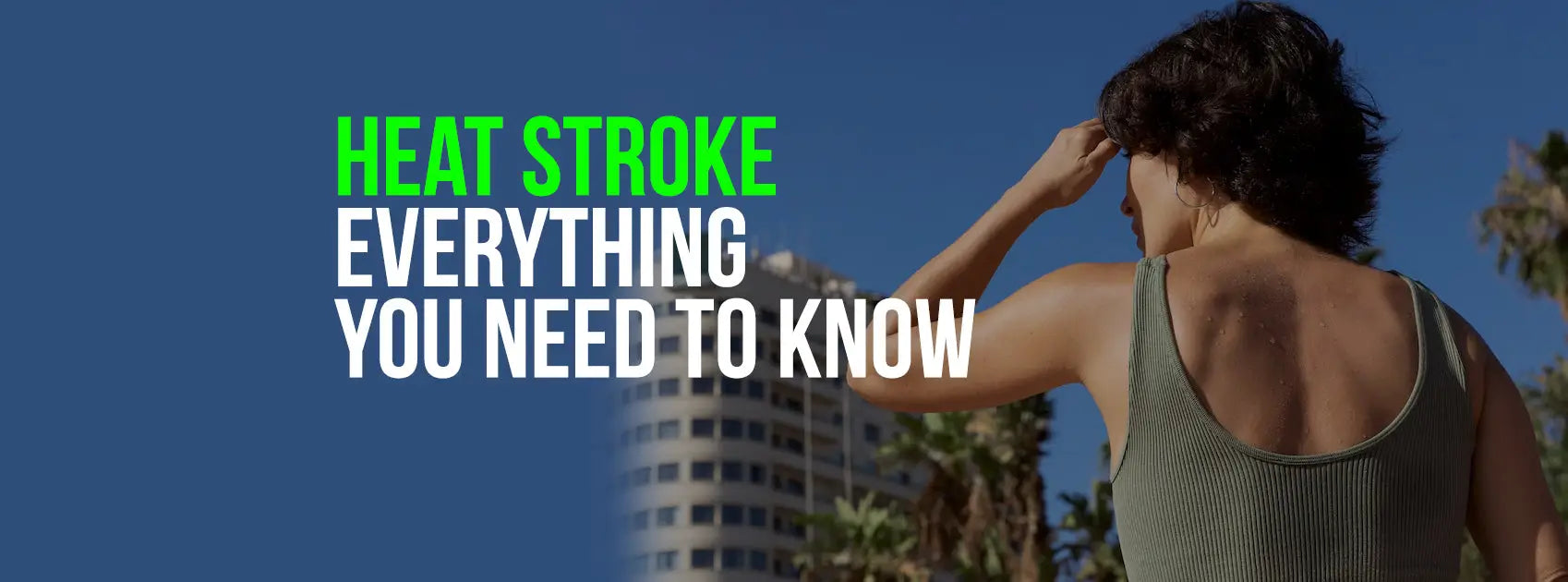
Heat Stroke - Everything You Need to Know
What is a heat stroke?
Heat stroke, also called sunstroke, is a condition caused by your body overheating, usually as a result of prolonged exposure to, or physical exertion in high temperatures. This most serious form of heat injury, heat stroke, can occur if your body temperature rises to 104º F (40º C) or higher. The condition is most common in the summer months.
You shouldn’t mistake a heat stroke with a stroke. "Stroke" is the general term used to describe decreased oxygen flow to an area of the brain. When a heat stroke happens, your body temperature is elevated significantly and quickly. It is often accompanied by dehydration.
Heat stroke requires emergency treatment. An untreated heat stroke can quickly damage your brain, heart, kidneys, and muscles. Be aware that the damage worsens the longer treatment is delayed, increasing your risk of serious complications or death.

Who is at risk of a heat stroke?
Those at a higher risk of a heat stroke include individuals, such as:
- The elderly, who are often with associated heart diseases, lungdiseases, kidney diseases, or who are taking medications that make them vulnerable to dehydration and heat strokes.
- Individuals who work outside and physically exert themselves under the sun.
- Infants, children, or pets who are left in cars during high temperatures.
- People of any age who don't drink enough water, have chronic diseases, or drink excessive amounts of alcohol.
Heat stroke is strongly related to the heat index, which is a measurement of how hot you feel when the effects of relative humidity and air temperature are combined. What happens is that when relative humidity is 60% or more, sweat evaporation is not possible which keeps your body from cooling itself off.
When the heat index reaches 90 degrees or more, the risk of heat-related illness increases significantly. So, during heat waves, it's very important that you pay attention to the reported heat index. You should also keep in mind that exposure to full sunshine can increase the reported heat index by 15 degrees. So maybe it’s better to avoid full sun exposure during these situations.
Unfortunately living in an urban area makes it more likely for people to develop heat stroke during a prolonged heat wave, particularly if there are stagnant atmospheric conditions and poor air quality. This is because the "heat island effect" is common to happen. When it does, asphalt and concrete store the heat during the day and only gradually release it at night, resulting in higher nighttime temperatures.
Risk factors associated with heat-related illness
As we briefly mentioned the people who are at a high risk of having a heat stroke, it is important to also focus on the risk factors associated with heat-related illness:
- Age. Infants and children up to age 4, and adults over age 65, are particularly vulnerable, as they adjust to heat more slowly than other people.
- Health conditions. Someone struggling with some health conditions is more prone to develop a heat-related illness. These health conditions includeheart, lung, or kidney disease, obesity or being underweight, high blood pressure, diabetes, mental illness, sickle cell trait, alcoholism, sunburn, and any conditions that cause fever.
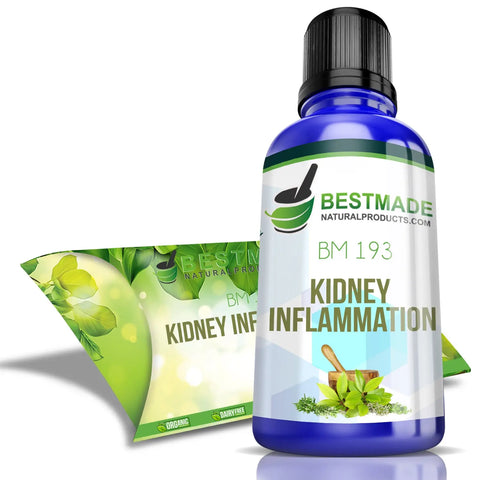
- Medications. Taking medications is one more risk factor. These include antihistamines, diet pills, diuretics, sedatives, tranquilizers, stimulants, seizure medications (anticonvulsants), heart and blood pressure medications such as beta-blockers, and vasoconstrictors, and medications for psychiatric illnesses such as antidepressants and antipsychotics. Illegal drugs such as cocaine and methamphetamine also are associated with an increased risk of heat stroke.
- Diabetes. According to a recent study presented at the Endocrine Society's annual meeting by researchers from the Mayo Clinic in Arizona, the National Ocean and Atmospheric Administration, and the National Weather Service, people with severe diabetes, who are at increased risk of hospitalization and death from heat-related illness, must be especially careful with heatwaves, as their risk is underestimated.
It remains important for you to check with your doctor to see if your health conditions and medications are likely to affect your ability to cope with extreme heat and humidity.

What are the symptoms of a heat stroke?
Heat stroke signs and symptoms include:
- High body temperature. A core body temperature of 104º F (40º C) is the main sign of heatstroke.
- Altered mental state or behavior, like confusion, agitation, slurred speech, irritability, delirium, and seizures can all be caused by heat stroke.
- Alteration in sweating. This can look like two things: in heat stroke brought on by hot weather, your skin will feel hot and dry to the touch. However, in heat stroke brought on by strenuous exercise, your skin may feel dry or slightly moist.
- Nausea and vomiting. You may feel sick to your stomach or vomit.
- Flushed skin. Your skin may turn red as your body temperature increases.
- Rapid breathing. Your breathing may become rapid and shallow.
- Racing heart. Your pulse may significantly increase because heat stress places a tremendous burden on your heart to help cool your body.
- Headache. Your head may throb.

Other symptoms may include:
- Dizziness and light-headedness
- Lack of sweating despite the heat
- Muscle weakness or cramps
- Behavioral changes such as disorientation, or staggering
- Unconsciousness
- Fainting
- Hallucinations
- Fatigue

What to do in case someone has a heat stroke?
If you ever notice someone is having a heat stroke, you may feel a bit powerless or clueless about what do to. However, you don’t have to worry, we can give you a simple guide for this. First, just like in any health situation, you must remain calm. If you suspect that someone has a heat stroke, you should immediately call 911 or take the person to a hospital. Act fast and beware that any delay in seeking medical help can be fatal. A simple suspicion may be enough to play it safe and just go to the hospital.
While waiting for the paramedics to arrive, initiate first aid. When you can, move the person to an air-conditioned environment -- or at least a cool, shady area – do it and remove any unnecessary clothing.
If possible, take the person's core body temperature and initiate first aid to cool it to 101 to 102 degrees Fahrenheit. (If no thermometers are available, don't hesitate to initiate first aid.)
You can try some of these cooling strategies:
- Fan air over the patient while wetting their skin with water from a sponge.
- Apply ice packs to the patient's armpits, groin, neck, and back. Because these areas are rich with blood vessels close to the skin, cooling them may reduce body temperature.
- Immerse the patient in a shower or tub of cool water.
- If the person is young and healthy and suffered heat stroke while exercising vigorously -- what’s known as exertional heat stroke -- you can use an ice bath to help cool the body.
If an emergency response is delayed, call the hospital emergency room for additional instructions.
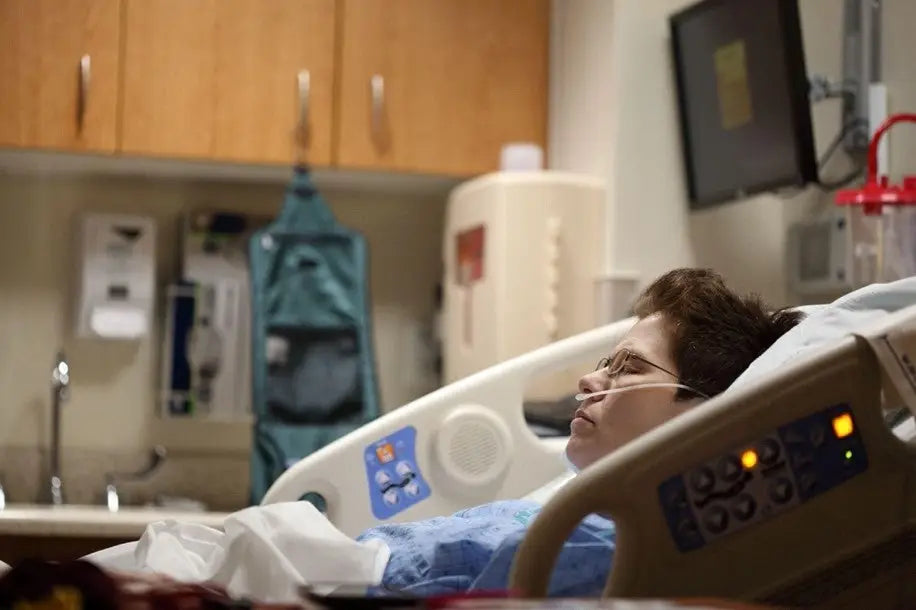
Diagnosis
If you believe you’re having a heat stroke, seek medical attention immediately. Based on your symptoms, your doctor should be able to diagnose heat exhaustion or heat stroke, but they may decide to run tests to confirm the diagnosis or check for complications:
- A blood test may be used to check your sodium or potassium levels to help determine if you are dehydrated.
- A sample of your urine may be taken. Dark yellow urine may be a sign of dehydration.
- Muscle function tests may be performed.
- Kidney function-related tests.
- X-rays and other imaging tests can be used to determine if you have any internal organ damage.
Treatment
If you begin experiencing symptoms of heat exhaustion, you should seek medical care, but if that is not possible right away, try to find a cooler location if possible. For example, if you are outside, look for a shady area. If you are indoors, remove a layer of clothing or turn on the air conditioning.
Stop doing any strenuous activities and lie down. That may help your body regulate temperature.
Drink water or a sports drink to help rehydrate yourself. Sports drinks have electrolytes, which your body loses through excessive sweating.
If you have become nauseated or vomit, you shouldn’t wait and you should seek help from a medical doctor right away.
A heat stroke is considered a medical emergency. Call your local emergency services immediately if you suspect that you’re having one.
Your doctor may place you in a bath of ice water to lower your temperature quickly. They may also mist your skin with water, pack you in ice packs, or wrap you in a special cooling blanket. If the coldness causes you to shiver, your doctor may give you medications to stop the shivering. This might increase your body temperature.
Complications
Heatstroke can result in several complications, depending on how long the body temperature remains high. Severe complications include:
- Vital organ damage. Heat stroke can cause your brain or other vital organs to swell, possibly resulting in permanent damage.
- Death. Without prompt and adequate treatment, heatstroke can be fatal.
One of the main ways to prevent heat-related illness is to keep your body temperature cooler. This is particularly important when you are working or doing activities outside in the heat or sun.
Heatstroke is predictable and preventable. During hot weather/high temperatures, take these steps to prevent heat stroke from happening:
- Wear loose-fitting, lightweight clothing. This will allow your body to cool properly.
- Protect against sunburn. Sunburn affects your body's ability to cool itself, so protect yourself outdoors. Don’t forget to apply sunscreen generously, and reapply every two hours — or more often if you're swimming or sweating.
- Drink plenty of fluids. Staying hydrated will help your body sweat and maintain a normal body temperature.
- Take extra precautions with certain medications. If you take medications that can affect your body's ability to stay hydrated and dissipate heat, be on the lookout for heat-related problems.
- Never leave anyone in a parked car. This is a common cause of heat-related deaths in children. It's not safe to leave a person in a parked car in warm or hot weather, even if the windows are cracked or the car is in shade.
- Take it easy during the hottest parts of the day. Avoid strenuous activity in hot weather, drink fluids and rest frequently in a cool spot. Schedule exercise or physical labor in the early morning or evening.
- Be cautious if you're at increased risk. If you are included in the risk population, avoid the heat and act quickly if you notice symptoms of overheating.
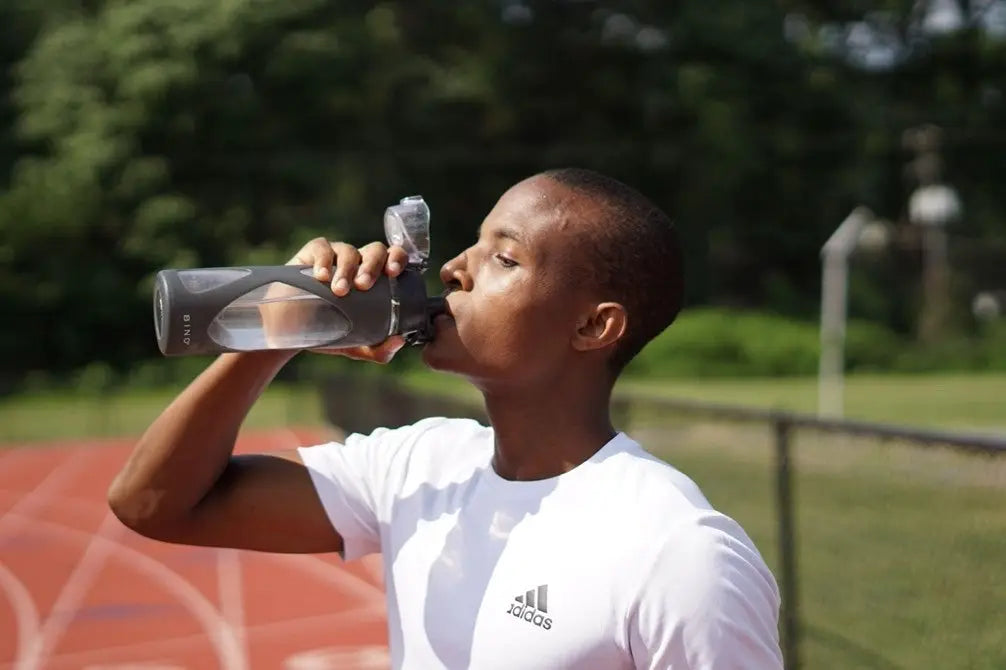
Outlook
During hot weather, you should be especially careful. Experiencing a heat stroke is more common than you think, and it is an emergency. Keep in mind all the precautions when you have a hot day ahead of yourself. And remember to seek emergency care right away if you suspect that you are having a heat stroke. If you leave it untreated, it can cause damage to your internal organs.
With treatment, you can fully recover from heat exhaustion. Early intervention can also stop it from progressing to heat stroke.
After you've recovered from heat stroke, you'll probably be more sensitive to high temperatures during the following week. So, it's better to avoid hot weather and heavy exercise until your doctor tells you that it's safe to resume your normal activities.



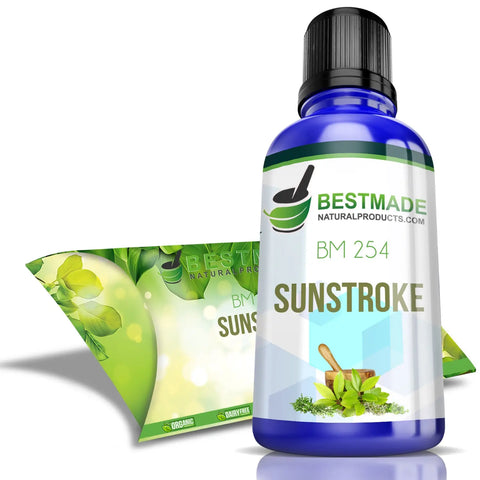

Laissez un commentaire